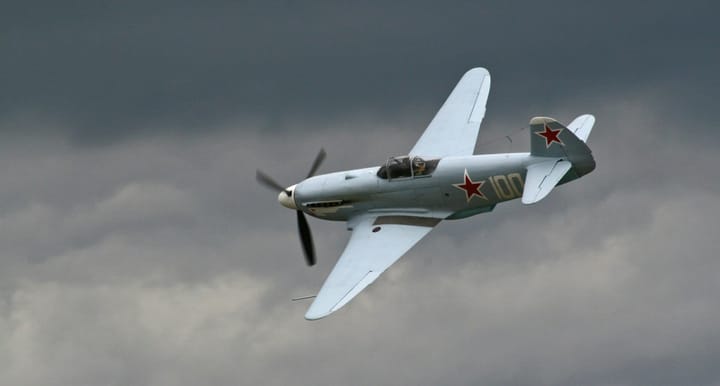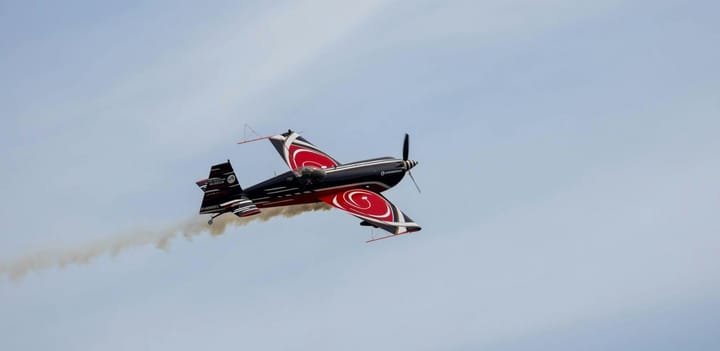Estimate landing roll and recommended runway length based on aircraft configuration and environmental conditions like wind, slope, and surface friction. Visualize how touchdown speed and deceleration dynamics respond to changing inputs with real-time charts and tables.
The Landing Distance Calculator is an interactive performance estimation tool designed to model key dynamics involved in an aircraft’s landing phase. By inputting specific aircraft characteristics and environmental conditions, the calculator projects critical performance values including touchdown speed, landing roll distance, and a recommended runway length. It functions as a highly responsive tool for analyzing how various operational parameters affect the aircraft’s behavior during deceleration after touchdown.
The tool is structured to support both imperial (lbs, ft, knots) and metric (N, m, m/s) unit systems, offering flexibility for a global user base. Inputs can be adjusted dynamically using number fields or range sliders, and outputs are updated in real-time, making it suitable for technical simulations, educational demonstrations, or preliminary engineering analyses.
Interactive charts and tables are also provided, showing the sensitivity of landing distance to changes in friction, aircraft weight, and wind components. These visualizations help illustrate how specific parameters influence landing performance, supporting comparative analysis and what-if scenario testing.
⚠️ Important Note:
The calculations provided by this tool are simplified projections based on standard physics models and aerodynamic approximations. Results should not be relied upon for real-world aircraft operation, regulatory compliance, or any mission-critical decisions involving safety.
📊 What Does It Calculate?
- Touchdown Speed – Estimated speed at which the aircraft makes contact with the runway.
- Ground-Adjusted Touchdown Speed – Touchdown speed corrected for wind conditions.
- Landing Roll Distance – The distance required for the aircraft to come to a full stop after touchdown.
- Recommended Runway Length – A safety-adjusted length, calculated as 1.15 times the landing roll.
🔧 Parameter Descriptions
✈️ Aircraft Parameters
- Weight
This is the total mass of the aircraft at the moment of landing. It is directly tied to kinetic energy, which must be dissipated during braking. Higher weights require greater lift for flight and more energy absorption during the roll, increasing required runway length.
(Example: 16,500 pounds or approximately 73,500 newtons) - Wing Area
The reference area of the wings directly influences the amount of lift that can be generated at a given speed. A larger wing area decreases stall speed, allowing the aircraft to land at a lower velocity, which shortens the roll distance.
(Example: 280 square feet or 26 square meters) - Maximum Lift Coefficient
This coefficient quantifies the aerodynamic efficiency of the wing during landing configuration. A higher value indicates better lift generation at low speeds, reducing both stall and touchdown speeds. This is typically increased by deploying flaps or other high-lift devices.
(Example: A high-lift setting with a coefficient value of 2.5)
🌦️ Environmental Conditions
- Friction Coefficient
A critical factor in stopping distance, this value represents the grip between tires and runway surface. Dry runways offer higher friction, while wet, icy, or contaminated surfaces reduce it, extending the landing roll.
(Example: 0.4 on a dry asphalt runway; as low as 0.2 in icy conditions) - Wind Component
The longitudinal wind acting along the runway axis. A headwind reduces ground speed on approach and shortens landing distance, while a tailwind increases both touchdown speed and rollout distance.
(Example: +5 knots headwind improves braking performance; −10 knots tailwind significantly extends runway requirement) - Air Density
This affects aerodynamic lift and drag. As air becomes less dense—due to altitude, temperature, or pressure—lift is reduced, and the required touchdown speed increases. Lower density conditions demand higher approach speeds and result in longer landing rolls.
(Example: 1.225 kg/m³ at sea level under International Standard Atmosphere conditions) - Runway Slope
The gradient of the runway influences the effective deceleration force. An uphill slope enhances braking and reduces landing roll, while a downhill slope does the opposite. The slope is entered as a percentage and adjusts the effective friction applied.
(Example: +2 percent slope supports quicker deceleration; −3 percent slope increases stopping distance) - Field Elevation
The elevation of the runway above sea level, which affects air density if not overridden manually. Higher elevations reduce air density, which increases touchdown speed and reduces braking effectiveness. This input is optional but useful for modeling altitude effects.
(Example: A runway at 5,000 feet elevation will result in lower air density than one at sea level)
📐 When to Use This Tool
This calculator is designed for anyone interested in understanding the basics of how aircraft land and what factors affect their stopping distance. It can be useful for:
- Exploring how different weights, wind conditions, or runway surfaces change landing performance
- Learning about the physics behind aircraft landings
- Running simple tests to compare aircraft setups or environmental effects
- Gaining insight into what makes landings require more or less runway length
You don’t need to be a pilot or engineer to use it. This tool is not for real-world flying, but it’s great for learning, analyzing, or testing different scenarios safely from your browser.




Comments ()